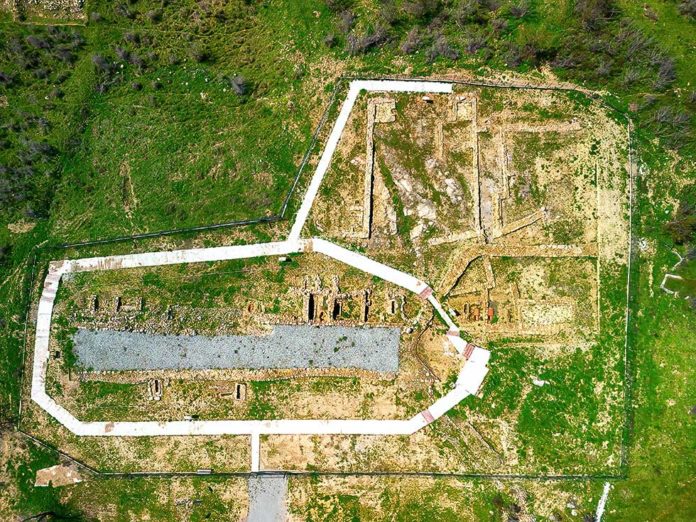The Sozopol Historical Museum offers a fascinating glimpse into the city’s storied past. It showcases artifacts from prehistory, antiquity, and the Middle Ages that reveal the region’s involvement in ancient metallurgy, agriculture, shipping, trade, and craftsmanship. With over 100 amphorae on display and the infamous “Vampire of Sozopol” discovered in 2012, the museum explores the city’s historical roots.
Early Settlements
Around the 5th millennium BC, a prehistoric community thrived near the harbor and St. Kirik and Iulita island. Rising sea levels later submerged this area. By the 2nd-1st millennium BC, the Thracian Skyrmians, adept at ore mining, settled nearby.
Arrival of Greek Colonists
In 620-610 BC, settlers from the ancient Greek city of Miletus arrived. They named their new settlement Apollonia, honoring Apollo. Initially, fishing sustained them. Over time, they formed trading partnerships with the local Thracian leader Skyrmians. This collaboration spurred Apollonia’s growth.
Archaeological Discoveries
Recent excavations in Mesarite have unveiled Apollonia of Pontius’ remnants. These include buildings, cemeteries, ceremonial hearths, and a well-crafted road from the 5th to 4th centuries BC. These discoveries highlight the colony’s historical significance and architectural ingenuity.
Apollonia Pontika Times
Apollonia Pontika, or Apollonia Magna, emerged as a significant trade and port center. The renowned sculptor Calamis commissioned a costly statue of Apollo. By the 5th century BC, the city faced competition from neighboring polises such as Messambria (Nessebar) and established Anchialo (Pomorie) as a fortress.
In 72 BC, Romans under Marcus Lucullus burned and sacked Apollonia due to its alliance with Mithridates in the battle against Roman invasion. The city began a centuries-long decline, overshadowed by Anchialo and Deultum, which enjoyed Roman favor.
Adoption of Christianity
In the 4th century AD, the city embraced Christianity. This significant shift led to the transformation of pagan temples into churches, chapels, and monasteries. Sozopol emerged as an episcopal center, marking its importance as a spiritual beacon in the region.
Name Change to Sozopolis
The city shed its old name, Apollonia, in favor of Sozopolis, erasing ties to the pagan god Apollo. The new Greek name means “City of salvation”. Interpretations vary; some view it as a nod to Apollo’s saving grace, while others see it as a reference to the shelter it offered to storm-battered ships.
Byzantine Era Prosperity
By 395 AD, Sozopol fell under Byzantine control. Its proximity to Constantinople bolstered trade, especially in essentials like food and building materials. Under Emperor Anastasius’ reign (491-518 AD), a formidable fortress wall was erected, remnants of which still exist.
Bulgarian and Byzantine Tug-of-War
In 812, Khan Krum’s forces captured Sozopol, integrating it into the Bulgarian state. Despite frequent control shifts between Bulgaria and the Byzantine Empire, Sozopol retained its regional and episcopal significance. The Ottoman Empire’s capture in 1453 brought about hardships, including pirate attacks and Turkish dominance. In 1629, Turks destroyed the city’s religious buildings.
Architectural Renaissance
The 18th and 19th centuries saw the construction of Sozopol’s distinctive wooden houses, defining its architectural character. After Bulgaria’s liberation, the city was mainly Greek-speaking, reflecting its diverse cultural heritage.
Recent Dynamics
In 1906, tensions between Bulgarians and Greeks in Bulgaria increased due to political propaganda from Greece in Macedonia. This led to many Greeks from Sozopol emigrating to Thessaly, Greece. In the 1930s, another wave of migration occurred when the emigrants established a new city called Sozopoli on the Halkidiki peninsula.
Sozopol transformed into a large fishing center in the 1920s, establishing a fishing school on the island of “Kirik and Iulita”. However, the school’s operation was short-lived, as it later became a naval school and the island a military base.



